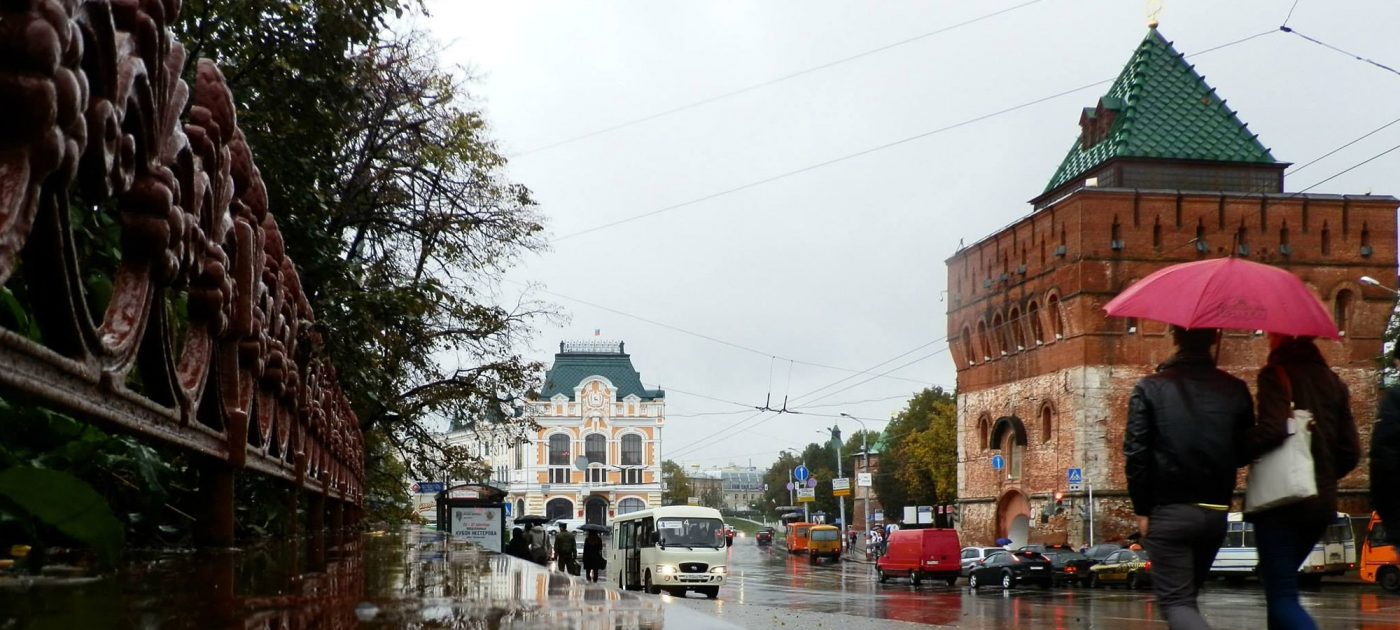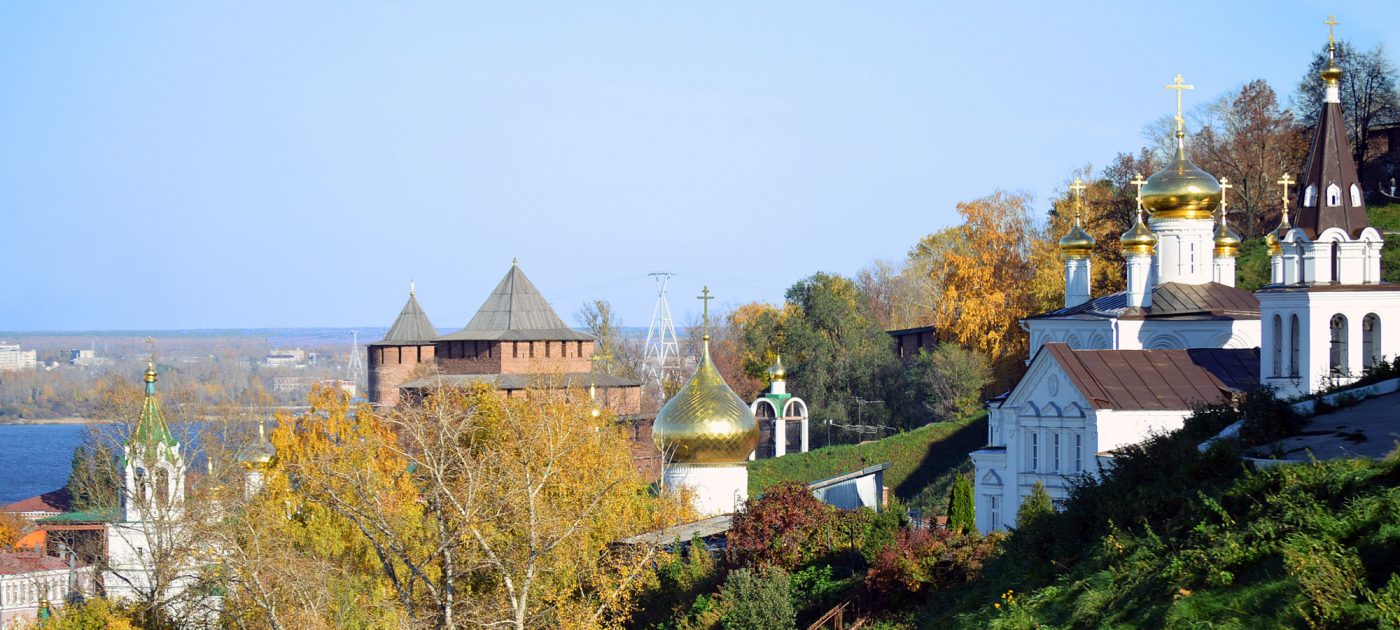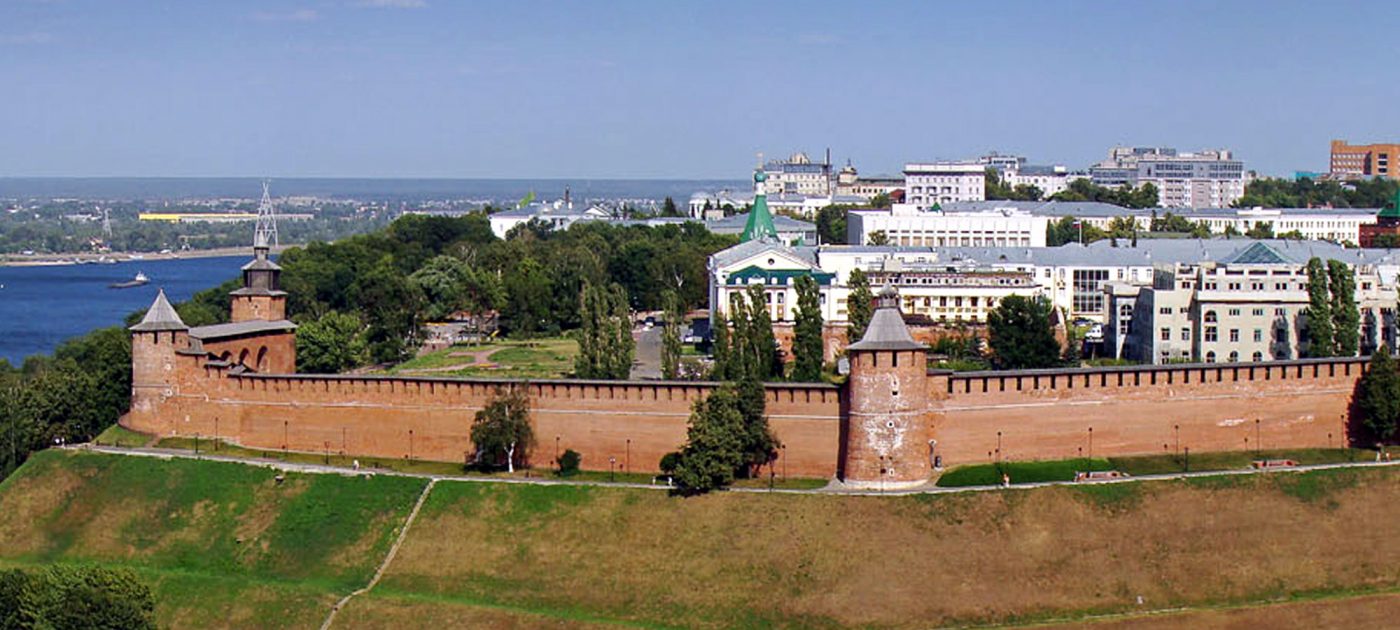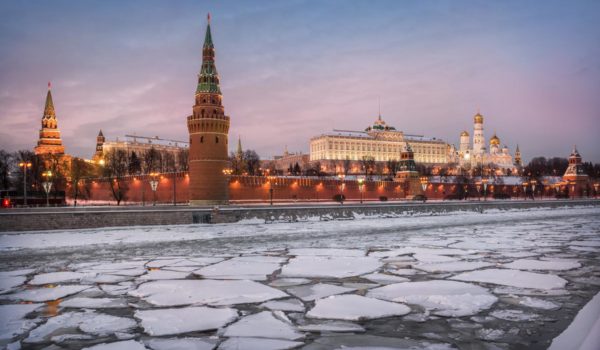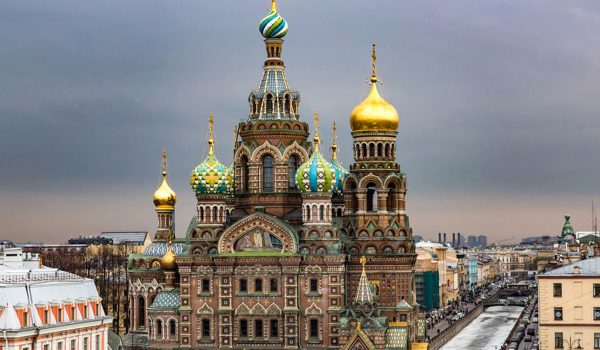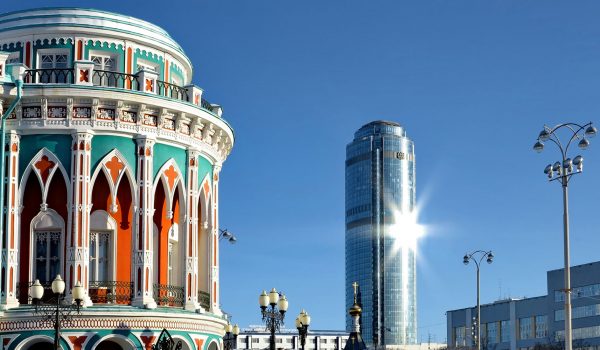Nizhny Novgorod is a major and historic city located 400km east of Moscow, on the junction of the Volga and Oka Rivers. Nizhny Novgorod is a mixture of provincial charm and a major cosmopolitan city. Opulent merchants’ mansions, wooden houses and snow-white churches blend in with modern construction and smart restaurants. Nizhny Novgorod is also a major centre for river tourism.
Nizhny (‘Lower’) Novgorod was founded in 1221 as a fortress to defend Russia’s borders against Tatars and other would-be invaders. The first fortress occupied an extremely advantageous position, the mountain dominating the Oka and the Volga. The location of the city determined its future fate. With the Tatars defeated, Nizhny Novgorod became a major political and economic centre in northeastern Russia, capital of a Grand Duchy which lasted more than half a century. At the turn of the 18th and 19th centuries, Nizhny Novgorod developed into a major scientific and cultural centre.
Renamed during the Soviet era as Gorky, when it became a ‘closed’ city, it is today the economic, cultural and transportation hub of the Volga-Vyatka region.
Nizhny Novgorod boasts an extensive transport system at quite affordable fares. Make use of the metro, taxis, buses and trolleybuses. Don’t forget to take the cable car, a landmark attraction, to enjoy panoramic views over the city.
Nizhny Novgorod Kremlin is the heart of the city and its main attraction. It’s the most magnificent medieval fortress in central Russia. Its construction began in 1500 and lasted for fifteen years. The Kremlin consists of thirteen towers, eight round and five square, enclosed with a wall reaching as high as 22 metres. Here you can see the main government offices, guardhouse, summary court and museums.
The Pechersky Ascension Monastery was founded in 1328, but then the building was destroyed by a landslide, though its main shrine, the icon of the Mother of God of Pechersk, was saved. The Monastery is the cultural and spiritual centre of Novgorod. Within the grounds, you can see the functioning cathedral and the Museum of the History of the Nizhny Novgorod diocese. Today, about 20 monks live here.
Bolshaya Pokrovskaya Street (Pokrovka) is the main pedestrian street with numerous cafes, restaurants and remarkable historical buildings. Explore the House of Trade Unions built in French Baroque style, and the former premises of the Upper-Posad Chamber of Commerce, the puppet theatre and the Gorky drama theatre. You can browse handmade souvenirs at the salon of arts and crafts.
Blagoveschensky Monastery is the largest architectural complex of buildings built in the 17th-19th centuries, closed in 1919 and reopened again only in 1993. The main cathedral is Blagoveshchensky, built in the pseudo-Russian style and typical of late northeastern architecture. Do have a look at its ancient iconostasis and fresco paintings. Two other large churches are Alekseevskaya and Uspenskaya, which are harmoniously combined with the main cathedral.
Take an unhurried walk down the Upper River Volga embankment to relax and enjoy the picturesque landscapes.
To dive into the world of art, visit the top-ranking National Centre of Contemporary Art and State Art Museum.
Nizhegorodskaya Gaol was built in 1824. It became a place of detention for many famous politicians and whites like M. Gorky, A. Korolenko and F. Dzerzhinsky.
To admire views over the city, head for Chkalovskaya Stair, constructed in 1943 after the Soviet victory at Stalingrad. The Stair is part of Alexandrovsky Garden with its cosy paths and tall oaks, elms and poplars. There are several viewpoints over the Volga.
At the Museum of Samovars, you can see a large collection of samovars of various sizes and styles. A samovar is a Russian urn for boiling water, and an integral part of the traditional tea ceremony.
(With acknowledgement to Russian National Tourist Office in the U.K.)
Nizhny Novgorod should never be confused with the even older Veliky Novgorod (Novgorod the Great) in northwest Russia – particularly when purchasing train tickets!


